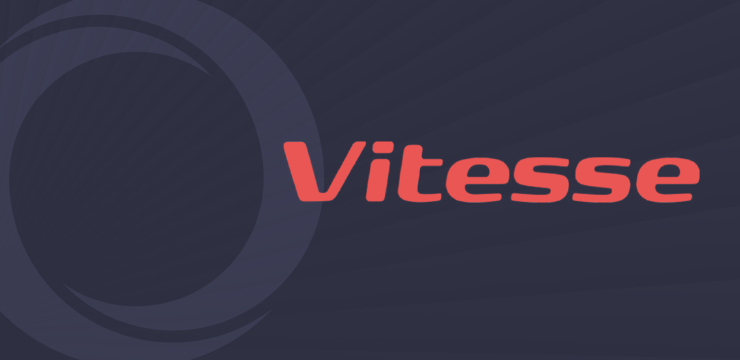Removing Borders from International B2B Payments: Vitesse Closes on $93 Million Series C Financing, led by KKR.
2 minute read | May.21.2024

We partner with clients to provide strategic legal, compliance and risk management advice throughout the company lifecycle — from fintech startups and traditional financial services providers to the largest global technology companies adapting to new regulatory obligations.
Payment providers can face similar challenges throughout the company lifecycle, but effective strategies vary greatly based on product offerings, geographic footprint and growth targets. We work with clients to understand their business goals and provide synthesized legal advice to assess regulatory considerations during formation, navigate ongoing compliance and risk management challenges during growth stages, and maximize the strategic events that define the course of their businesses.
2 minute read | May.21.2024

10 minute read | September.06.2023

October.26.2023 - November.16.2023
August.16.2023 - December.13.2023